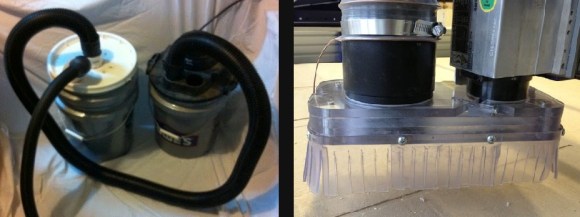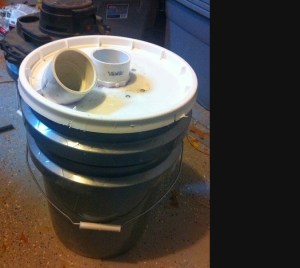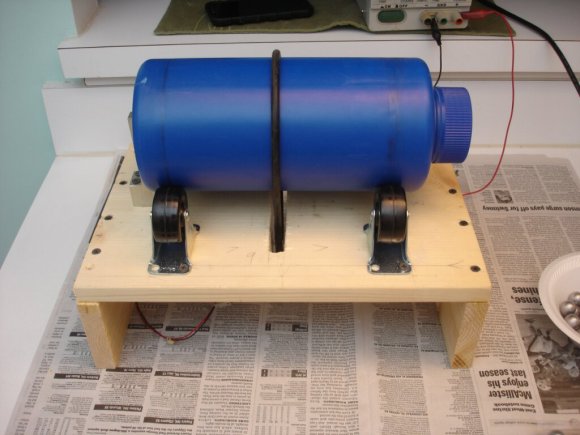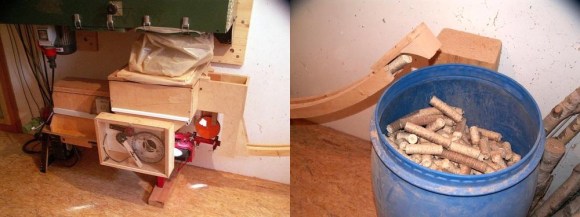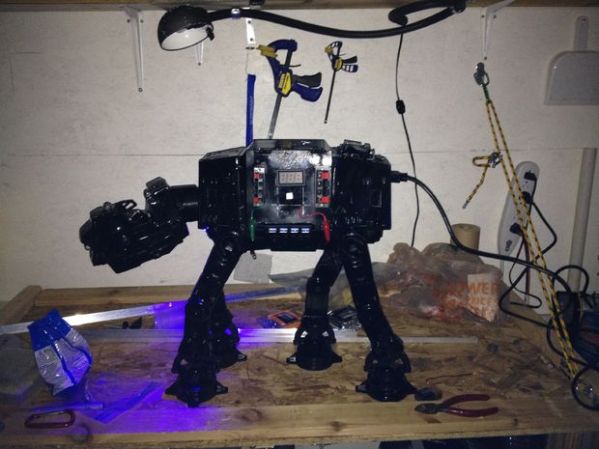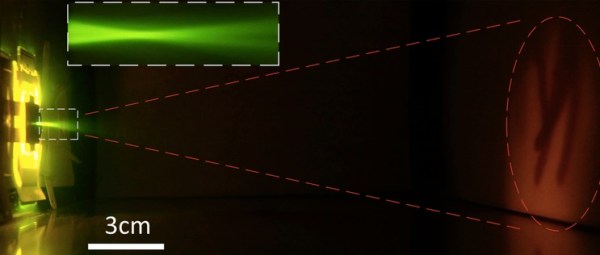
After a request from one of his friends, [Mastro Gippo] managed to put together a talking multimeter to be used by blind persons working in electronics. He wanted a feature-rich meter that had serial output, and recalling this Hackaday article from a few years back led him to find a DT-4000ZC on eBay, which has serial output on a 3.5mm jack. (Though, he actually recommends this knockoff version which comes with excellent documentation).
It turns out there aren’t many talking meter options available other than this expensive one and a couple of discontinued alternatives. [Mastro Gippo] needed to start from scratch with the voice synthesizer, which proved to be as easy as recording a bunch of numbers and packing them onto an SD card to be read by an Arduino running the SimpleSDAudio library.
He found a small, battery-powered external speaker used for rocking out with music on cell phones and hooked it up to the build, stuffing all the electronics into an aluminum case. Stick around after the jump for a quick video of the finished product!

